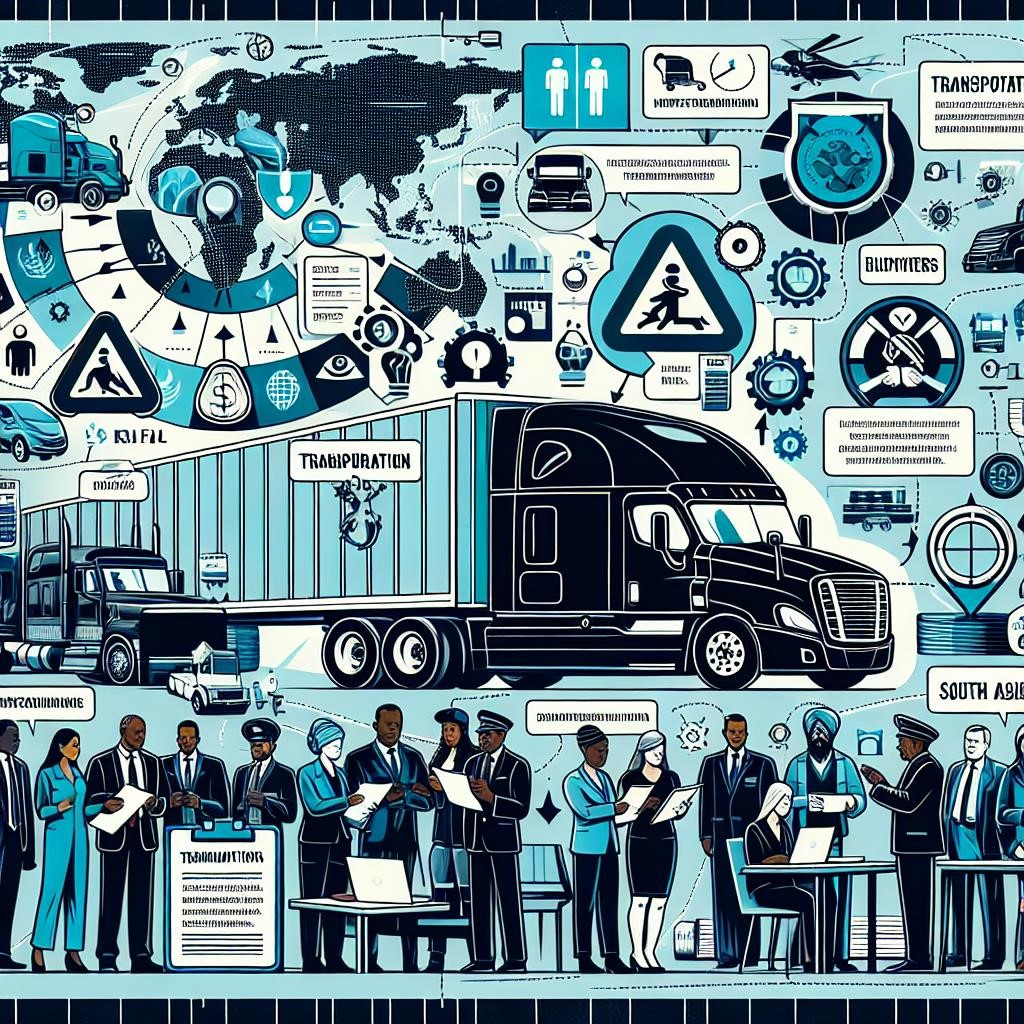The trucking industry plays a vital role in the economy, transporting goods across vast distances and ensuring that products reach consumers in a timely manner. However, with the evolving landscape of transportation, new trucking regulations are being introduced to enhance safety, efficiency, and environmental sustainability. In this article, we will explore the latest trucking regulations, their implications for the industry, and what stakeholders need to know.
Understanding the Need for New Regulations
As the demand for freight transportation continues to grow, so does the need for regulations that address key issues within the trucking sector. Some of the primary reasons for implementing new trucking regulations include:
- Safety: To reduce accidents and improve road safety for both truck drivers and the general public.
- Environmental Impact: To mitigate the environmental footprint of trucking operations, particularly concerning emissions.
- Driver Welfare: To address concerns related to driver working conditions, including hours of service and compensation.
- Technological Advancements: To incorporate new technologies that enhance efficiency and safety in trucking operations;
Key New Trucking Regulations
Several key regulations have been introduced or updated recently that impact the trucking industry; Here are some of the most significant:
1. Electronic Logging Devices (ELDs)
One of the most notable changes in trucking regulations is the mandatory use of Electronic Logging Devices (ELDs). These devices are designed to automatically record driving time and ensure that truck drivers comply with Hours of Service (HOS) regulations. The use of ELDs helps to:
- Reduce the risk of driver fatigue.
- Enhance compliance monitoring.
- Streamline the process of logging driving hours.
2. Emission Standards
To address environmental concerns, new emission standards are being enforced, particularly for diesel engines. These standards aim to lower carbon emissions and improve air quality. Truck operators are encouraged to:
- Invest in cleaner technologies and equipment.
- Adopt alternative fuel sources, such as electric or hydrogen-powered trucks.
3. Driver Training and Certification
With an increasing focus on safety, new regulations have been introduced that require enhanced training and certification for truck drivers. This includes:
- Mandatory entry-level driver training programs.
- Regular assessments to ensure drivers are up-to-date with safety protocols.
4. Supply Chain Transparency
New regulations also aim to enhance transparency within the supply chain, requiring trucking companies to provide accurate and timely information regarding shipments. This includes:
- Requirements for tracking and reporting the status of freight.
- Improved communication between shippers, carriers, and receivers.
Implications for Trucking Stakeholders
The introduction of new trucking regulations has significant implications for various stakeholders in the industry, including:
Fleet Owners and Operators
Operators must stay informed and compliant with the latest regulations to avoid penalties. This may involve:
- Investing in new technology;
- Training staff on compliance and safety measures.
Drivers
For drivers, these regulations can lead to improved working conditions and safety. However, they may also face stricter enforcement of driving hours and performance monitoring.
Regulatory Agencies
Regulatory agencies are tasked with enforcing these new regulations, which may require additional resources and training for inspectors.
New trucking regulations are crucial for the future of the industry, focusing on safety, environmental sustainability, and driver welfare. Stakeholders must adapt to these changes to ensure compliance and foster a more efficient and safe trucking environment. As the industry continues to evolve, staying informed about regulations will be key to success in the ever-changing landscape of trucking.

Comment here